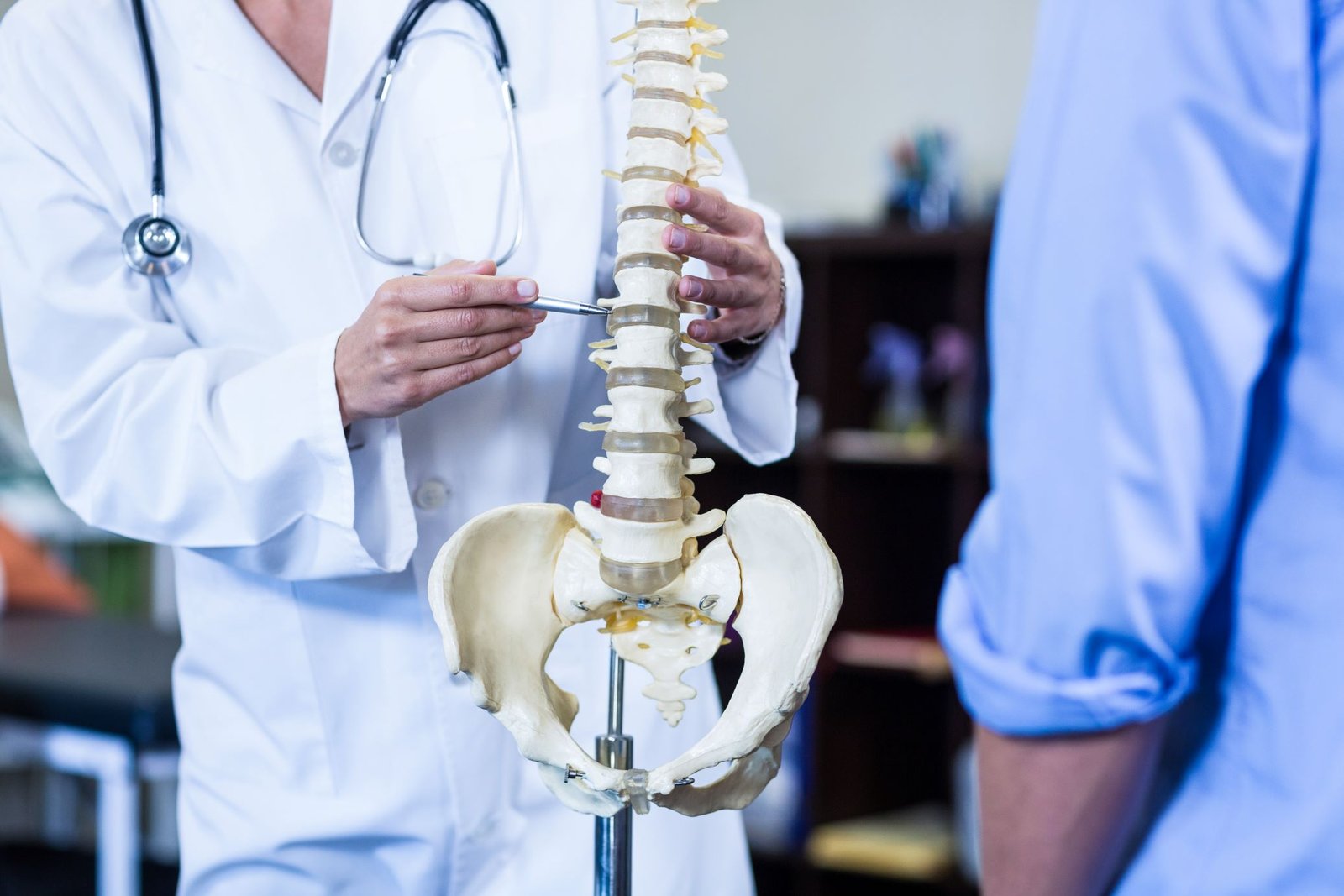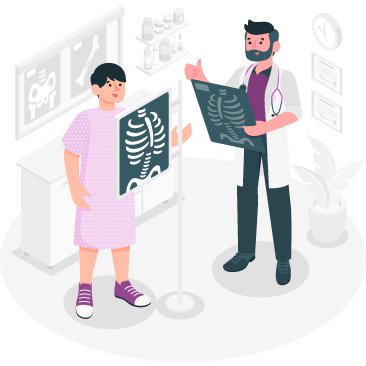
Spine Disorders
Spine disorders, also known as spinal disorders, refer to a wide range of medical conditions that affect the spinal column, which includes the vertebrae, discs, nerves, and supporting structures. These disorders can lead to various symptoms, including back pain, neck pain, numbness, weakness, and altered sensation, and can significantly impact a person's overall quality of life. Spine disorders can be caused by numerous factors, including age, injury, degeneration, infections, tumors, and congenital conditions. Treatment for spine disorders varies depending on the specific condition, its severity, and the patient's overall health. Options may include physical therapy, medication, spinal injections, lifestyle modifications, and in some cases, surgery to correct structural issues, relieve pressure on nerves, or stabilize the spine.
- Herniated Disc : This condition occurs when the soft, gel-like interior of a spinal disc pushes through the tough exterior, often putting pressure on nearby nerves. It can cause pain, tingling, or numbness in the arms or legs, depending on the location of the herniation.
- Spinal Stenosis : Spinal stenosis is a narrowing of the spinal canal, which can lead to pressure on the spinal cord or nerves. Symptoms may include back or neck pain, radiating pain, weakness, and difficulty walking.
- Scoliosis : Scoliosis is a condition characterized by an abnormal lateral curvature of the spine. It can be congenital (present at birth) or develop during adolescence. Severe cases can cause pain, reduced lung capacity, and deformity.
- Kyphosis : Kyphosis is an excessive forward rounding of the upper spine, leading to a hunched posture. It can result from various causes, including poor posture, osteoporosis, and congenital conditions.
- Lordosis : Lordosis is an excessive inward curvature of the lower back. It can result from muscle imbalances, obesity, or conditions such as spondylolisthesis.
- Spondylolisthesis : Spondylolisthesis is a condition where one vertebra slips forward or backward in relation to the adjacent vertebra. This can lead to lower back pain and nerve compression.
- Degenerative Disc Disease : This is a condition where the spinal discs gradually break down, leading to pain and reduced flexibility. It is often associated with the natural aging process.
- Sciatica : Sciatica is characterized by pain that radiates along the sciatic nerve, which runs from the lower back down through the buttock and into the leg. It is often caused by a herniated disc or spinal stenosis.
- Spinal Tumors : Tumors in or around the spine can be benign or malignant. These tumors can cause pain, neurological symptoms, and other complications.
- Spinal Infections : Infections of the spine, such as spinal epidural abscess or vertebral osteomyelitis, can lead to severe pain, fever, and neurological deficits.
- Ankylosing Spondylitis : This is a type of arthritis that primarily affects the spine, leading to stiffness, pain, and, in severe cases, spinal fusion.
- Cervical Radiculopathy and Myelopathy : These conditions result from pressure on the spinal nerves (radiculopathy) or the spinal cord (myelopathy) in the neck region, causing symptoms like neck pain, arm pain, and muscle weakness.

